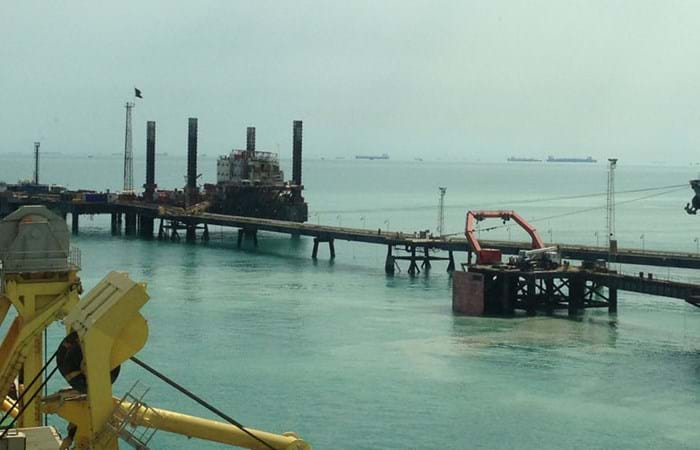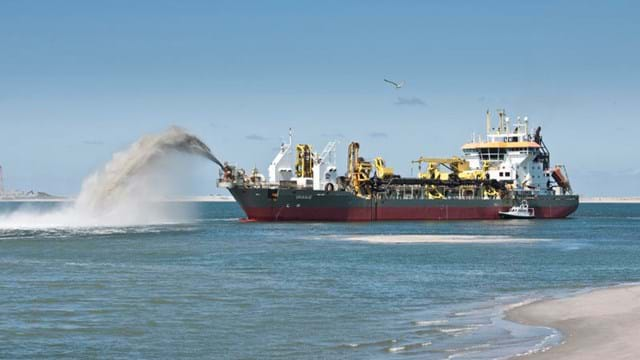The Crude Oil Export Facility Reconstruction (COEFR) Project aims to stabilize and expand Iraq’s crude oil export capacity, a lifeline of the Iraqi economy, by constructing a pipeline connecting crude oil storage facilities to the offshore crude oil export terminal in Fao, Basrah in Southern Iraq. The Project involves the development of two offshore valve station platforms, a 75 kilometer 48” oil pipeline and a Single Point Mooring system.
Permanent works under the contract which are required to be designed, procured, installed, tested and commissioned include both onshore and offshore block items, along with a range of temporary works e.g. buildings, utilities, roads. The project requires interfacing with the existing systems and other ongoing pipeline projects in the area. Leighton Offshore is responsible for integrating, testing, commissioning and staff training of the ongoing project’s operational personnel and to put the entire pipeline system into service.
Project description
Atlantique Dragage started on the project in December 2012 with dredging of the three trenches by TSHD Oranje. The three trenches have a total length of 21 km and were dredged to a maximum depth of 3.5 m. A total volume of 2 M m3 of soil material was removed from the trenches. This material consisted mostly of silt, clay and sandy material but also cap rock and calcarenite material was encountered in one area of the trench running between the KAOOT and ABOT terminals. This material was pre-treated by having it crushed with the CSD Phoenix. The crushed material was then removed by the Oranje. The trenches were completed within a tight schedule enabling the installation of the pipelines without delays. Another part of the scope was dredging of a turning circle of the SPM. This circle has a radius of 1200 m and was dredged to a depth of 26 m. The inner circle with a radius of 100 m was dredged to create minimum depth of 30 m to allow for the installation of the PLEM (pipeline end manifold) of the SPM. TSHD Oranje dredged 10 M m3 material from the turning circle. The material was disposed in designated disposal area. Dredging of the turning circle was completed in August 2013.

